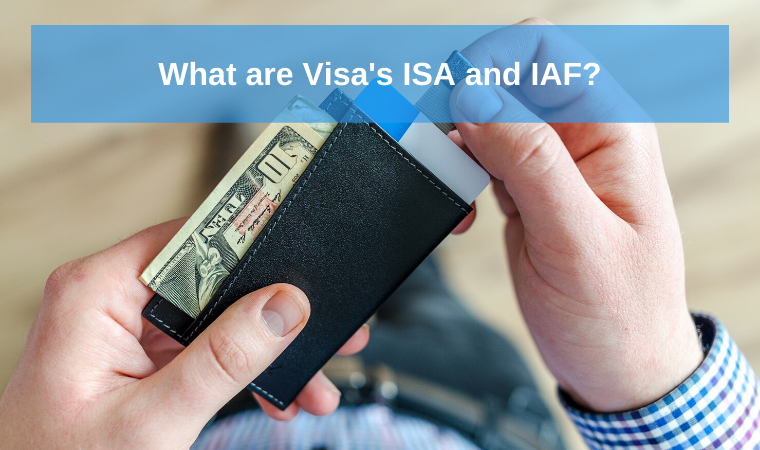Single Euro Payments Area (SEPA)
SEPA is a European remittance system. It only enables euro transfers which makes it unfavorable for U.S-based companies. People use SEPA to accept and transfer funds. However, it is not controlled by American Financial Services. It gives SEPA users more flexibility and financial opportunities The per-transaction fees of SEPA are high. Even though, they are beneficial for those merchants who accept large sums (thousands of dollars and more).
Example of SEPA in use
Let’s say, a European merchant sells antique furniture online. The price of the furniture set is $20 000. If the client pays for a set via a credit card, the merchants will have to face unpleasant fees. The credit card fees usually vary from 2.8% up to 7% per transaction. Thus, even considering the lowest fee of 2.8%, the merchant will have no choice but to pay $560 to a PSP. That is just to accept the payment. SEPA, on the contrary, will cost him about $100 (the price varies according to an acquiring bank). However, if the European merchant sells products for $100 per item, using SEPA would be more than irrelevant.
What are the disadvantages of SEPA?
- The payment transfer takes up to three days. Those merchants who need to ship their products immediately, won’t find SEPA beneficial.
- The transaction fees are high. That might become a burden for small businesses or dropshipping companies.


